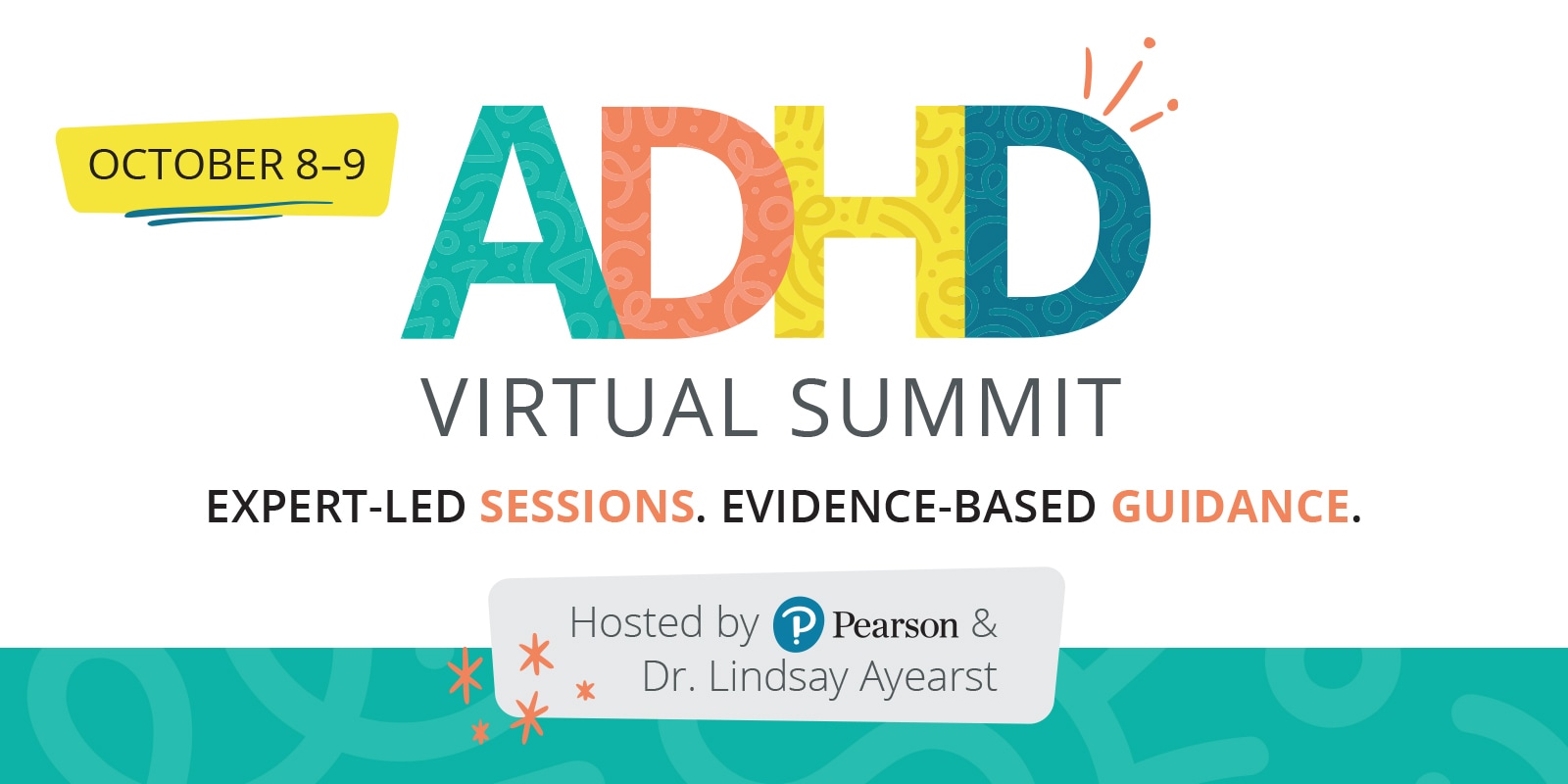We all know the rejuvenating effect of stepping into the warm sunshine and breathing deeply. There’s something about being outside that…

How do you stay up to date in your field? Our team of experts, authors, and specialists contribute regularly to our profession-specific blogs, keeping you informed of the latest industry trends, news, and innovations. Dive in below and check back often, as new content is added weekly.
We all know the rejuvenating effect of stepping into the warm sunshine and breathing deeply. There’s something about being outside that…
The world today can be a tumultuous place for the younger generation, who are often bombarded with daunting visuals and discussions of …
Student mental health took a hit during the pandemic — the result of school closures, disrupted routines, more time spent alone, and, i…
June 25, 2024 - Pearson, the world's leading learning company, is excited to announce its 2024 ADHD Virtual Summit will take place on T…
MPQ coauthors John Kamp, PhD, and Martin Sellbom, PhD, answer some frequently asked questions about the newly published Multidimensiona…
The BOT™-3 is nearly ready to launch! You’ve asked such thoughtful questions about the new test, so we’ve assembled the most common one…
As people turn to social media and AI for answers about mental health and learning disabilities, experts encourage formal clinical asse…
We are proud to announce the new Call for Research published by Pearson Clinical Assessment. Our goal is to ensure that Pearson assessm…






